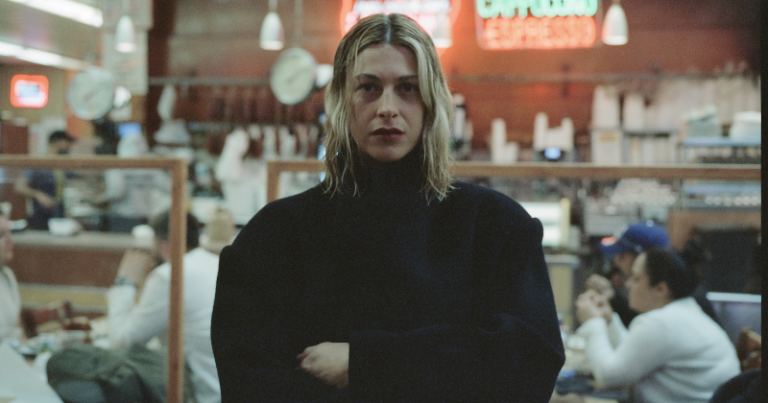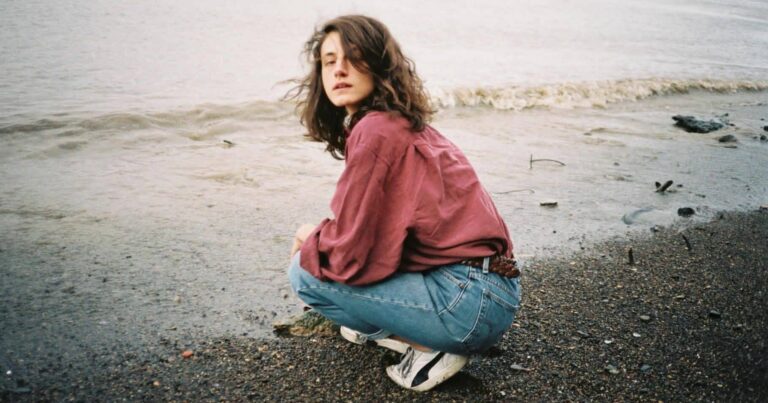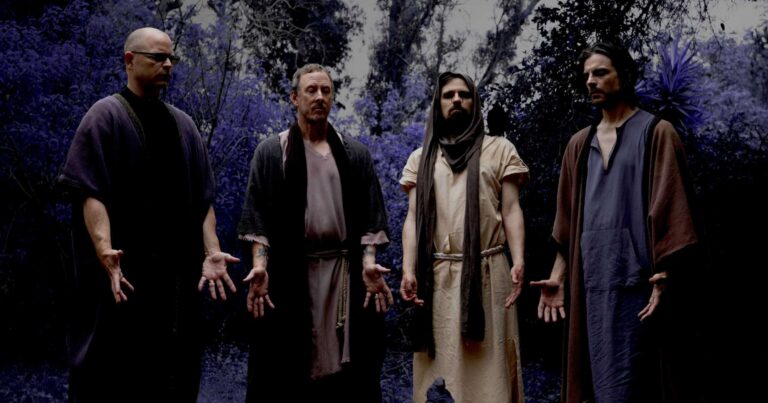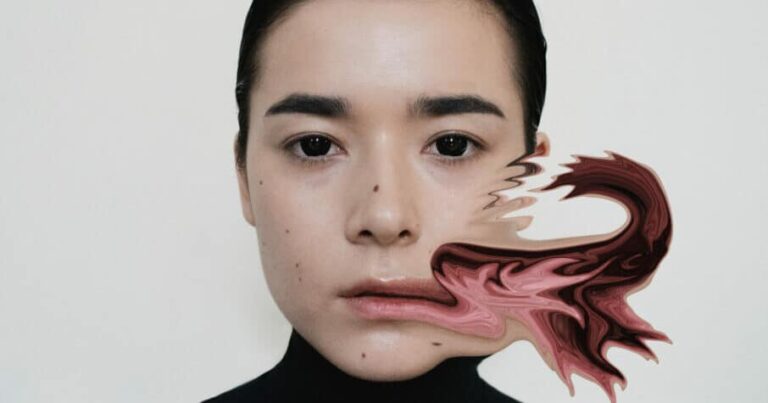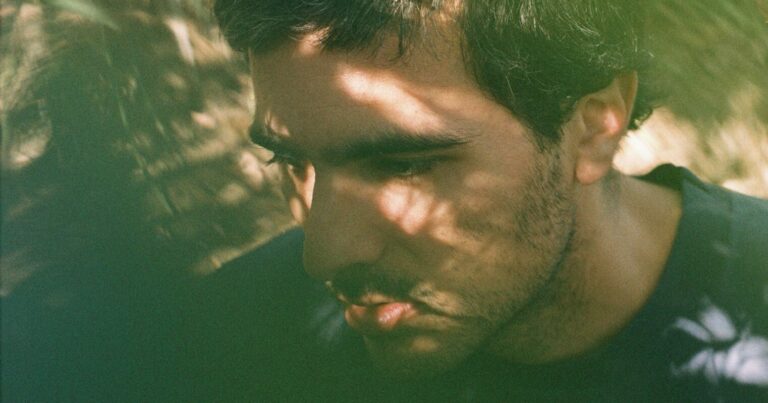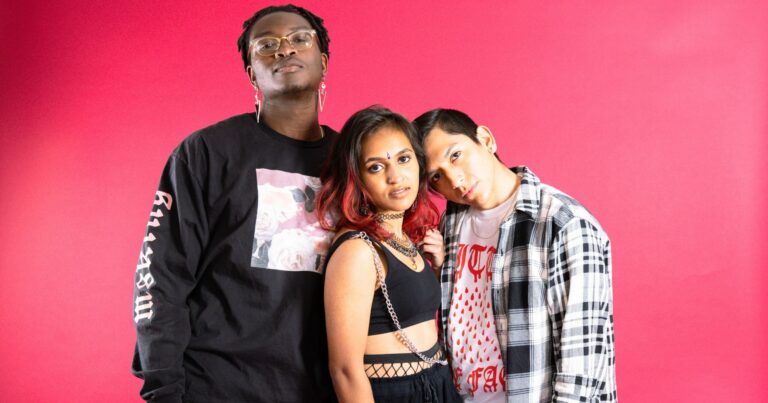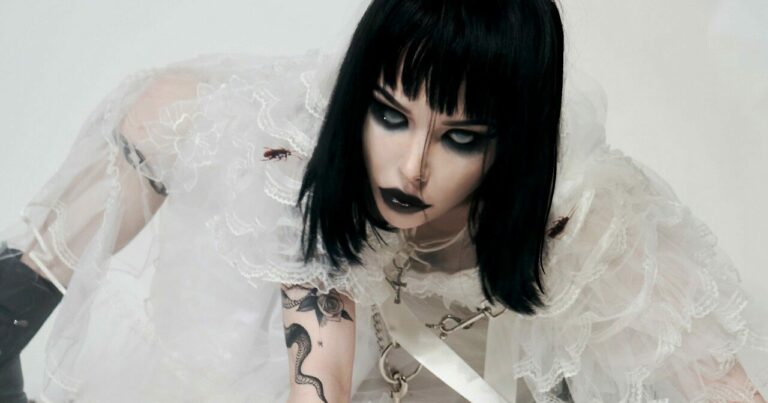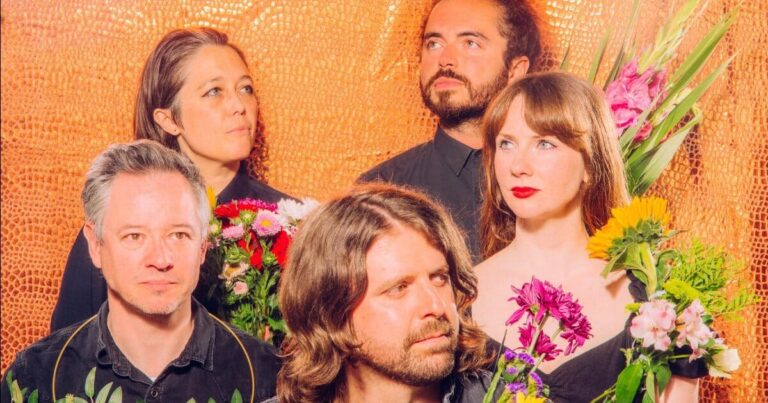Björk has released a new song, ‘Ancestress’, the latest preview of her upcoming album Fossora. A tribute to her late mother, the song arrives with a video directed by Andrew Thomas Huang, with co-creative direction by Björk and James Merry. Watch and listen below.
On Instagram, Björk wrote that ‘Ancestress’ one of two songs addressed to her late mother, “written after her worldly funeral and is probably a common musician’s reaction, the impulse of making your version of the story, later.” She elaborated:
this song is a letter to my mother , her story seen from my point of view
it is written in chronological order , the first verse is my childhood and so on
only recently did i discover that this song is probably somehow inspired by an icelandic song “grafskrift”
which is somehow a very direct and patriarchial account of someones life
i probably wanted to approach this in a more feminine way
her biological and emotional story
not her professions , partners or dates of birth and death
i am very grateful to my son , sindri eldon , to arrange and sing vocals for the verses
as he has a delicious voice and was very close to her .
for 20 years i have not been able to attend funerals as something in them rubbed me the wrong way .
possibly a big part of it is after having lived a life of thousand concerts , i probably have too strong ideas on how a ritual should be ,
what kinda sound , musical structure , words and it took me all this time to discover that for me all funerals should be outside .
probably what was offending me most was how can one set off the spirit in such a claustrophobic environment as a church ?
when the soul sets off , it needs to be outside so there is room for how enormous it becomes when it merges with the elements
Fossora comes out on September 30. So far, it’s been previewed with the singles ‘Ovule’ and ‘Atopos’.


